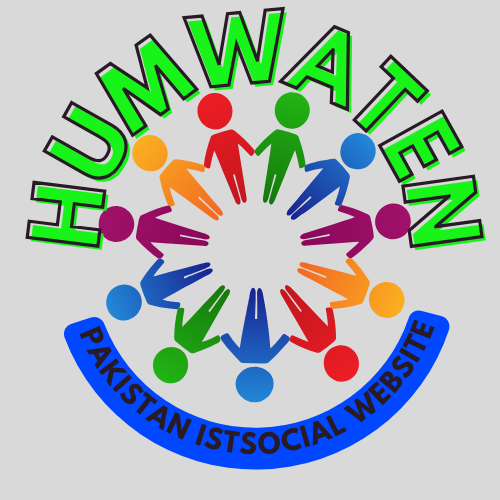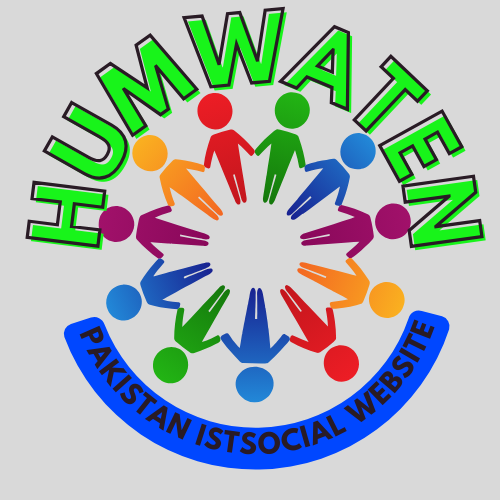Traditional Tablet Formulation vs Orally Disintegrating Tablets
Traditional tablets take time to dissolve inside the mouth and often require water for swallowing. This poses challenges for certain patient groups like pediatric, geriatric and those who have difficulty in swallowing tablets. Orally disintegrating tablets, on the other hand, disintegrate or dissolve rapidly in the saliva within seconds, typically within 30 seconds. When placed on the tongue, the orally disintegrating tablets disintegrates and can be easily swallowed without need of water. This makes them very convenient for patients who find it difficult to swallow tablets.
Advantages of Orally Disintegrating Tablets
One of the major advantages of orally disintegrating tablets is that they are very convenient for patients who cannot swallow tablets, such as pediatric, geriatric, dysphagic, and uncooperative patients. As the orally disintegrating tablets dissolve or disintegrate in the oral cavity, they negate the need for water during their administration. This enhances patient compliance and provides ease of administration.
Since the orodispersible tablets readily dissolve in saliva, orally disintegrating tablets also show faster therapeutic action and therefore provide rapid relief from symptoms. This addresses a major drawback of conventional tablets. The dosage timing also becomes more flexible with orally disintegrating tablets as they can be taken independent of meal times. This allows patients to maintain their treatment schedule without worrying about meal timings.
From the formulation perspective, orally disintegrating tablets are easy to develop and manufacture using advanced technologies. Excipients are selected to impart superdisintegrant and swelling properties required for quick disintegration. Technologies such as lyophilization freeze drying, moulding, and spray drying are commonly used for manufacturing orally disintegrating tablets.
The packaging format and blister packaging of orodispersible tablets also offers benefits. Being portable and easy to carry, orally disintegrating tablets packaged in blisters provide dosing on-the-go without any required preparation. This enhances patient convenience.
Applications of Orally Disintegrating Tablets
Considering the clear advantages, orally disintegrating tablets technology has widespread applications across various therapies. Some key therapy areas where orally disintegrating tablets have found major usage include:
- CNS disorders: Conditions like epilepsy, Parkinson’s disease, Alzheimer's disease, and depression require medicines which must be taken without fail at regular intervals. Orally disintegrating tablets have shown high compliance for such therapies.
- Allergy & Cold: Medicines for cold, cough, flu and allergy often require quick relief which orally disintegrating tablets provide. This has increased patient acceptance for orodispersible formulations of these medicines.
- Cardiovascular ailments: Antihypertensive drugs, anticoagulants, etc. are commonly available as orally disintegrating tablets to facilitate their intake independent of meal timings.
- Pediatric formulations: Orally disintegrating tablets have emerged as an excellent format for pediatric medications, allowing flexible dosing without need for cooperation from children.
- Lifestyle therapies: Nutraceutical supplements and functional foods are also being delivered via the convenient orally disintegrating tablets format to boost commerce.
Regulatory Considerations and Market Potential
On the regulatory front, orodispersible tablets have been accepted worldwide as a valuable therapeutic option. Leading authorities like the US FDA and EU EMA actively promote development of medicines using innovative technologies like orally disintegrating tablets. The biowaiver approvals facilitate faster market access for orally disintegrating tablets.
The global market for orally disintegrating tablets is predicted to grow exponentially in the coming years. Increased focus on patient centricity, rising prevalence of dysphagia, growth of pediatric and geriatric populations are the key demand drivers. By 2026, the global orally disintegrating tablets market size is projected to surpass $15 billion, registering a double digit CAGR during the forecast period. North America and Europe currently dominate the market, with Asia Pacific expected to be the fastest growing market for orally disintegrating tablets.
With the pharmaceutical industry making a shift towards specialized delivery systems to address patient needs, the regulatory push, and market pull factors, orally disintegrating tablets undoubtedly occupy an important place in the formulation techniques of the future. Continuous innovations will further expand the horizons of this tableting platform.
Patrocinado
Patrocinado
Pesquisar
Patrocinado
Categorias
- News
- social
- personal
- Art
- Causes
- Crafts
- Dance
- Drinks
- Film
- Fitness
- Food
- Jogos
- Gardening
- Health
- Início
- Literature
- Music
- Networking
- Outro
- Party
- Religion
- Shopping
- Sports
- Theater
- Wellness
Leia mais
Sp5der Hoodie: Trendy Streetwear Style for Comfort & Fashion
Introduction to Sp5der Clothing
Sp5der is a fashion brand known for its bold,...
Cricut.com/Setup | Create Cricut ID | Cricut Design Space
The Cricut machine can cut the designs at a high quality and speed without the need for cutting...
Navigating Financial Efficiency in Healthcare: Bain & Company’s Cutting-Edge Predictive Analytics and Automated Reporting Solutions
What Are the Key Trends Driving Growth in Healthcare Consulting Services?
The healthcare...
Europe Optical Sensor Market Size, Unlocking Growth Opportunities and Forecast for 2023-2030
Europe Optical Sensor Market : is expected to reach US$ 5.72 Bn. by 2026, at a CAGR of...
Handheld Ultrasonic Welders Market 2024-2032 Report | Size, Share, Trends, Growth, Scope
"Handheld Ultrasonic Welders Market" provides in-depth analysis on the market status of...
Patrocinado
© 2025 Humwaten pakistan Ist social website  Portuguese (Brazil)
Portuguese (Brazil)


